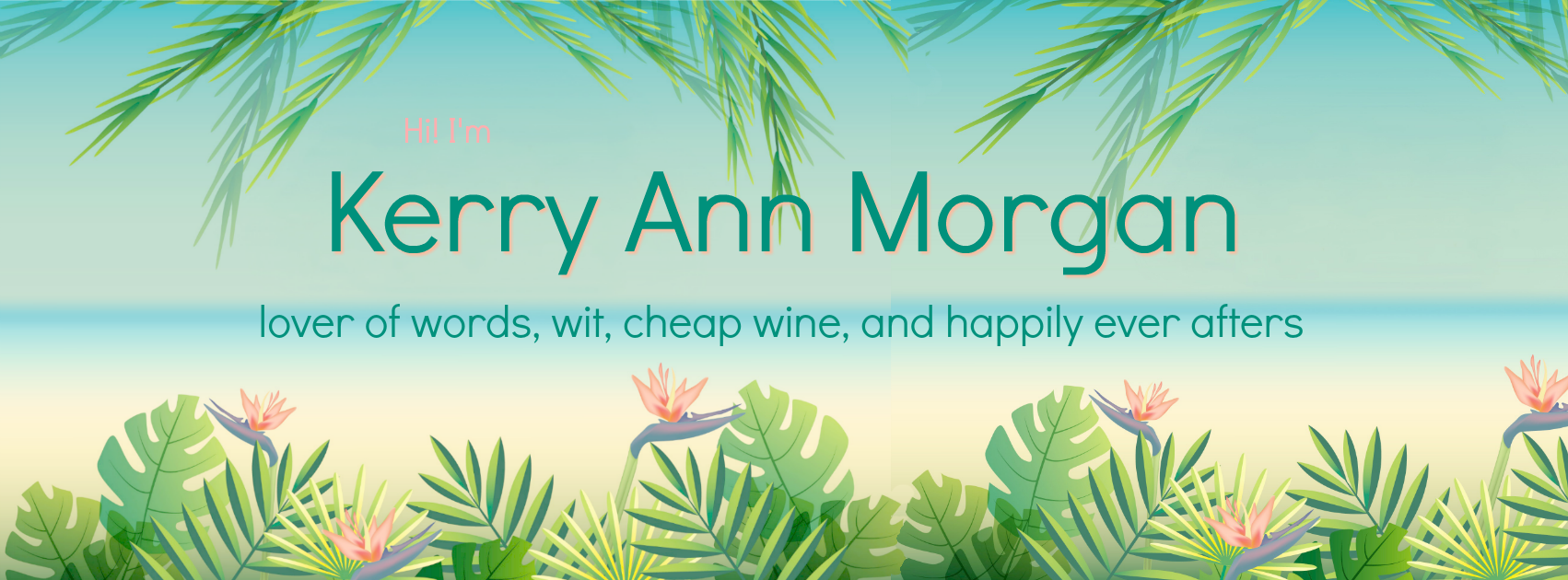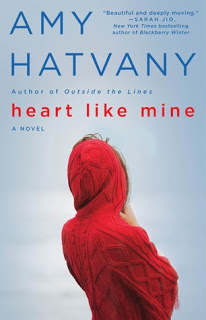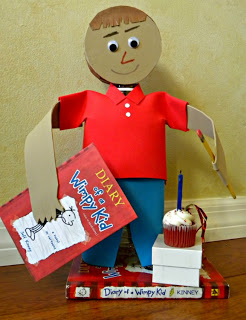AM NOT VEGAN. Nor do I have any intention of becoming a vegan. But the whole concept of Betty Goes Vegan: Over 500 Classic Recipes for the Modern Family intrigued me, so I reviewed it for Bookshelf Bombshells.
How can Betty Crocker, the BFF of every pearls-and-apron wearing 50s housewife be cool—and vegan? In a few words— if you are vegan, you need this book. If not—it’s clever, loaded with comfort food (even vegan venison! eek!), and full of enough geeky Star Wars references to make anyone laugh. {Check out the full review HERE. Trust me, it’s worth it.}
I don’t know about you, but bundt cakes aren’t a staple in my home. I do have a pretty cobalt blue bundt pan—purchased once upon a time to make some chocolate rum cake, I believe—but I only break it out every few years. Plus every time I hear the word “bundt” I think of My Big Fat Greek Wedding. (You remember, the scene where fiance Ian’s (John Corbett) WASPy parents bring a buntd cake to the very Greek parent’s massive party and the Greek mom puts a flower arrangement in the center of the cake…)
I am also NOT a good baker. Why I chose a from-scratch cake recipe to try (opposed to my normal Betty-in-a-Box route) I don’t know. Wait—I do know—LIMONCELLO.
I figured, even if the cake turned out nasty, I could drown it in limoncello and no one would care. But the cake was NOT nasty. It was actually pretty good. Now, lemon cakes don’t pack the oomph of a decadent death-by-chocolate masterpiece. But they’re steady, solid, and if you’re a lemon fan like me, almost a comfort food. This cake was dense and moist. Since it is my first vegan cake (and my first scratch cake in a while) I’m not sure if that was me or the recipe. This had a density more like a donut.

But donuts are GOOD, so we didn’t care. In fact, we had an overabundance of desserts in the house, so we ate much of this baby for Sunday breakfast. (It’s okay. I paired it with yogurt and fruit. And it’s vegan anyway, so that’s all like health food, right? Well, minus the liquor…)
CAKE
Baking spray
1 1/2 cups sugar
1/2 cup margarine, softened
1 tablespoon applesauce
1 tablespoon Ener-G egg replacer, just the powder, not made per the instructions on the package
2 1/2 cups all-purpose flour
1 teaspoon baking soda
1 teaspoon crushed pink Himalayan salt
1 (14 oz.) can coconut milk
2 tablespoons lemon zest
3 tablespoons limoncello
GLAZE
1/2 cup margarine, softened
2 cups powdered sugar
2 tablespoons lemon zest
1/4 cuplimoncello (best homemade recipe HERE)
Preheat the oven to 325 degrees. Spray a fluted tube cake pan with baking spray.
In a large bowl, blend your sugar and margarine with a handheld electric mixer on a high setting until it is smooth and fluffy. Blend in the applesauce and egg replacer.
In another bowl, whisk together the flour, baking soda, and salt until completely blended. Add the flour mixture to the margarine mixture a little at a time, alternating with the coconut milk. Each time you add flour or coconut milk, use your mixer to blend i tin completely. Once your flour and coconut milk are completely blended in, add your lemon zest and limoncello and blend on a medium setting for 2 to 3 minutes. You want your after to be fluffy and smooth.
Pour your batter into the pan evenly. Use a spatula to spread it out to make a nice even layer. It’s important to make sure the batter is even because the cake will be sitting with the rimmed ring on top. If you see any ridges or clumps, make sure to smooth them out now.
Bake for 45 to 50 minutes. Now, not every fluted cake pan is the same, and some are deeper than others. So start checking on your cake at around 330 minutes. Use a bamboo skewer to test if your cake is done. If you can poke the bamboo skewer in a few times and remove it cleanly, you’re done. Once you’ve pulled the cake out of the oven, immediately poke it several more times—like 15 times—with the bamboo skewer. You only want to go in about as deep as a fork would go. You’re releasing the moisture from the cake to help it cool and also to help release it from the pan. Let your cake cool for 20 minutes and then turn your cake pan upside down on a large serving dish to cool to room temp.
While your cake is baking, make your glaze. In a saucepan, melt your margarine over low heat. Once your margarine is melted, use a whisk to blend in your powdered sugar. Then blend in the lemon zest and limoncello. The glaze is pretty sweet. If you taste it an you are, like, “This is too sweet,” just add a little more melted margarine and lemon zest until you get the flavor you like. You’re going to want to keep your glaze warm till you drizzle it over the top of the cake.
Once your cake is cool, drizzle your glaze over the top. In the springtime, it’s really nice to decorate those lemon cakes with edible flowers and completely worth hunting them down.
Betty Goes Vegan: Over 500 Classic Recipes for the Modern Family
Annie & Dan Shannon
Grand Central Life & Style
$26.99 (hardcover), $10.67 (Kindle) 480 pages




















